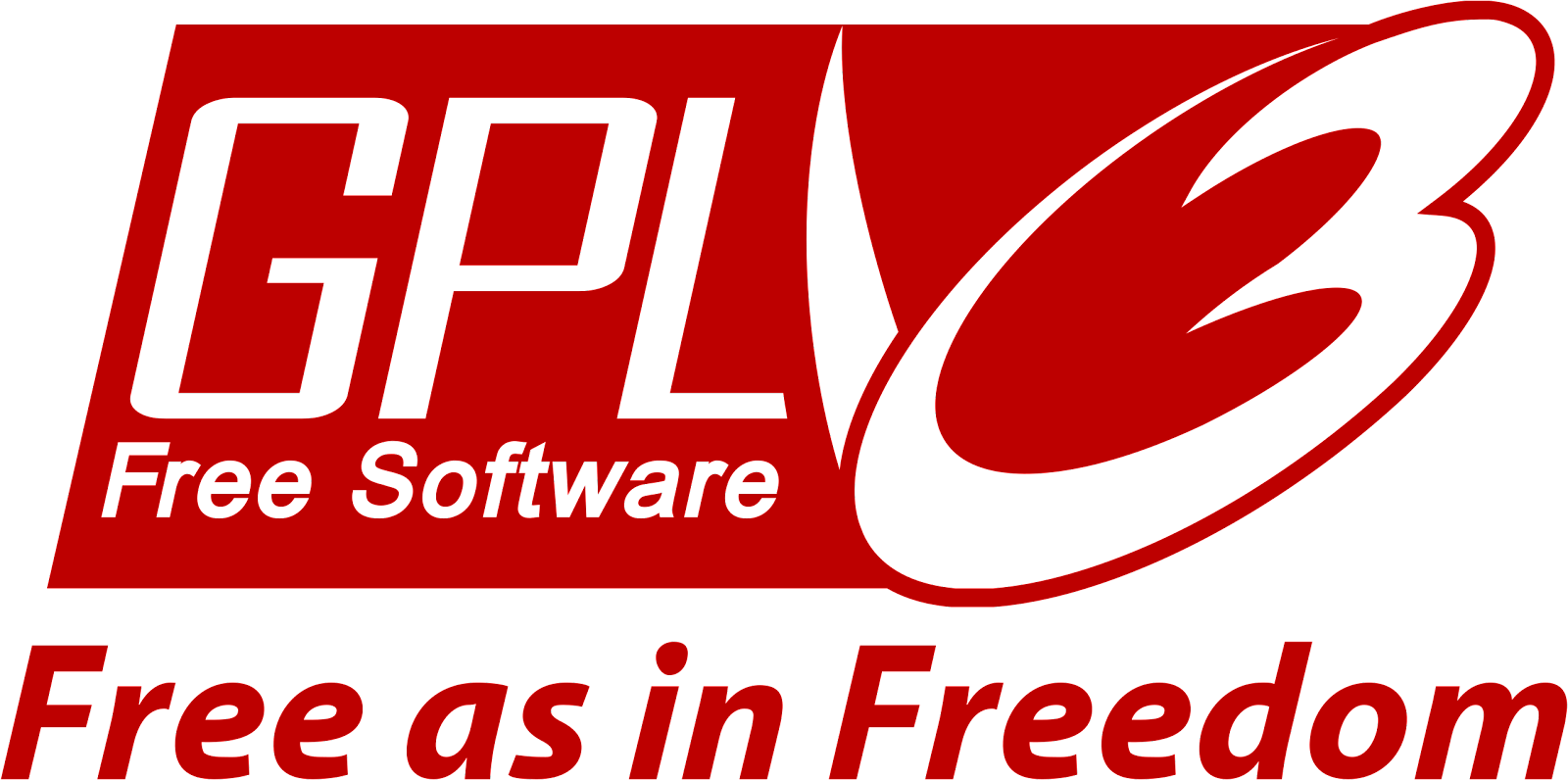Bad design consequences

Human errors are inevitable. Flaws in design can lead to serious consequences. In IT small errors can affect millions of users and create a PR nightmare for the company. One of the examples that came to my mind was Samsung Galaxy Note 7 battery catching fire. Back in 2016, Samsung discontinued its Galaxy Note 7 smartphone just two months after its became available on the shelves, due to battery defects causing the phone to overheat, combust or explode. Around that time, Samsung Galaxy S7 Edge also reportedly caught on fire. But the main focus was on the Note 7, as it's definitely the smartphone that became Samsung's biggest advertising nightmare to date. The phone's battery reportedly had a flaw in design that made it prone to bending, and indeed, there were dozens of reports of Note 7s catching on fire. The Note 7 was quickly withdrawn from sale and Samsung tries and forget about it as a their error from years ago, but there are reports that the brand new Galaxy S22 may

